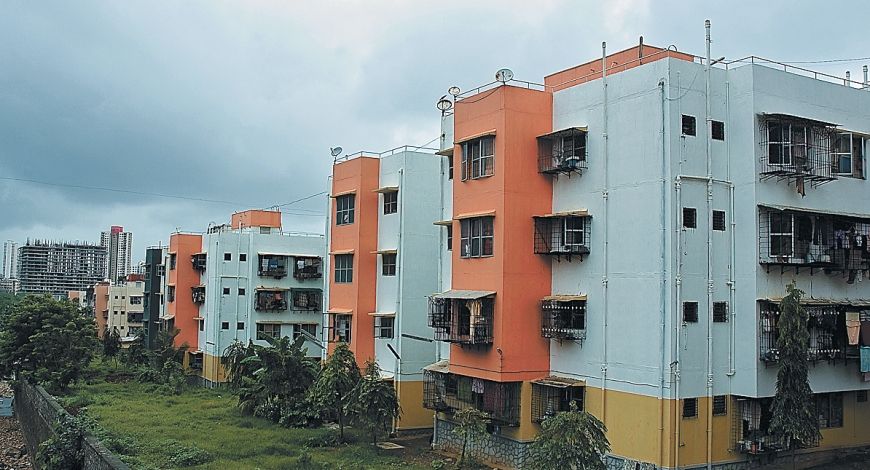
 Today, even after 70 years of Independence, the country has failed to live up to the Constitutional guarantee of right to shelter. Various schemes of the successive governments over the last seven decades, have not achieved the desired results. But now a spate of landmark reforms and enabling policy initiatives undertaken by a progressive and reform- oriented government, has raised a hope of realising the ambitious mission of ‘Housing For All’.
Today, even after 70 years of Independence, the country has failed to live up to the Constitutional guarantee of right to shelter. Various schemes of the successive governments over the last seven decades, have not achieved the desired results. But now a spate of landmark reforms and enabling policy initiatives undertaken by a progressive and reform- oriented government, has raised a hope of realising the ambitious mission of ‘Housing For All’.
In the early years of Independence, flawed policies, unsound planning and fund shortage came in the way of meeting the massive challenge of providing shelter for all. So much so, that a national housing policy was not put in place even four decades after independence.
It was only in the post liberalisation period that housing got a fillip, following introduction of a housing policy in 1988 and formation of the National Housing Board (NHB) and Housing & Urban Development Corporation (HUDCO).
A key policy framework was evolved to involve private players in building homes and a milestone reform was initiated to allow 100 per cent FDI in real estate in 2005. This was supplemented by a flagship mission of JNNURM to provide shelter for the urban poor, which however, did not prove very effective due to deficient guidelines to states about parking and utilisation of funds. The net result is that today we have a shortage of about two million dwelling units.
It’s in this backdrop that the Modi government launched a new urban renewal mission — AMRUT, to rejuvenate 500 cities, targeting two crore urban households, with an allocation of Rs 50,000 crore. Simultaneously, a mission to develop a hundred smart cities was launched at a cost of Rs 98,000 crore. These twin missions were supplemented by the ‘Housing For All’ mission to build two crore urban homes. Realising the need for massive funds, the government liberalised FDI norms and went ahead to accord infra status to affordable housing. This had the desired result, with FDI in real estate touching a record $5.7 billion in 2016.
Drawing lessons from previous failures, the NDA government tailored incentive policies for private developers to take to affordable housing in a big way. Following this, even state governments came up with their affordable housing policies, providing the much needed momentum to construction of low-cost homes. Today, all the policies of the government are directed towards bringing homes within the reach of the masses.
The far-reaching policy measures of demonetisation, curbs on cash transactions, enactment of the Real Estate Regulation Act (RERA) and Benami Property Act, are all contributing to tackle black money to control the artificial spike in property prices and to make homes affordable.
The RERA, has further empowered and protected home buyers. Then, there are mortgage reforms to provide relief to home buyers through tax incentives on interest on home loan and substantial interest subsidy of 3 per cent to 6.5 per cent on EWS, LIG and MIG homes for loans of Rs 6 lakh to Rs 12 lakh under the Pradhan Mantri Awas Yojana (PMAY).
Together with this, the introduction of the MCLR system for faster transmission of rate cuts by the RBI, has substantially reduced the EMI burden on home buyers. Notwithstanding all these policy initiatives, the challenges in the form of costly land and streamlined and faster project approvals among others, remain on ground to attain the tall mission of housing for all, over the next five years. But considering the corruption-free governance and the commitment shown by the reform-led government, providing shelter for all doesn’t look like a distant dream.
Source:-businessworld.



